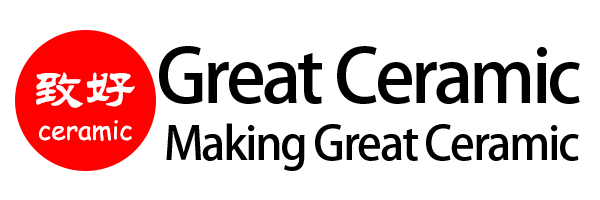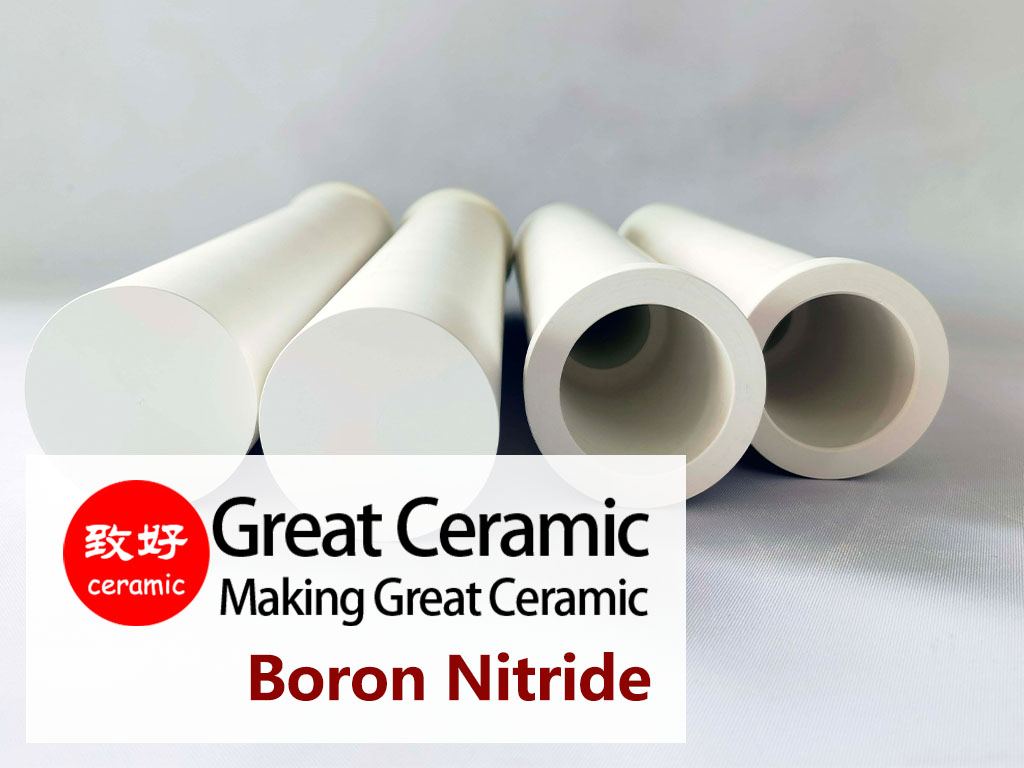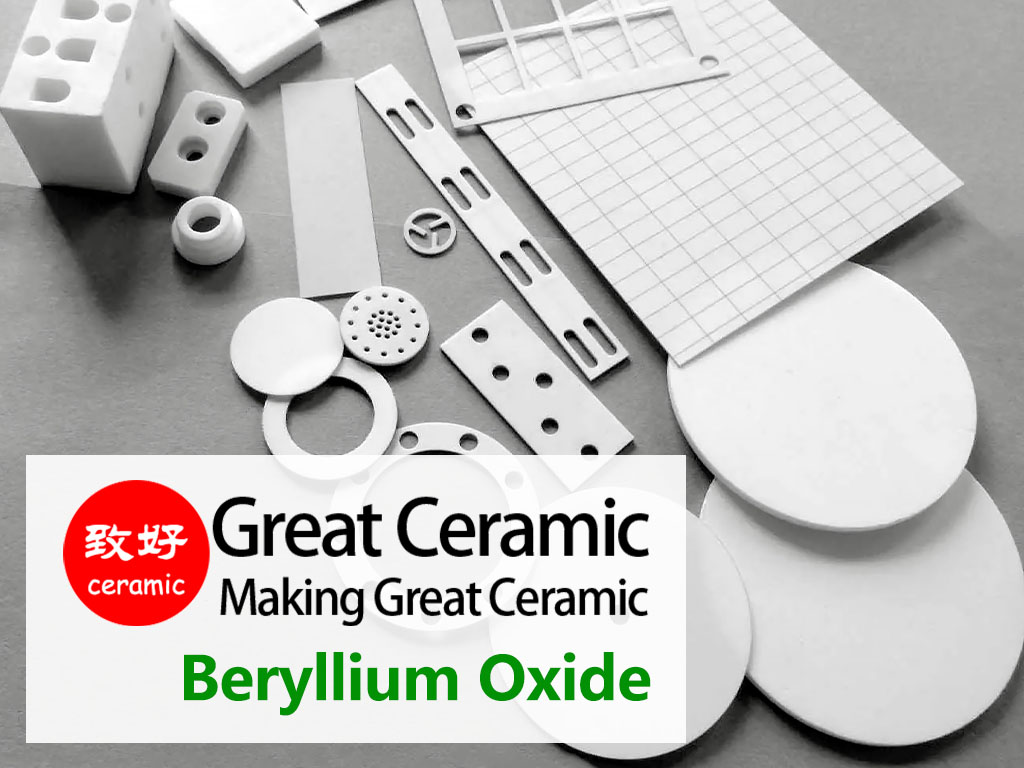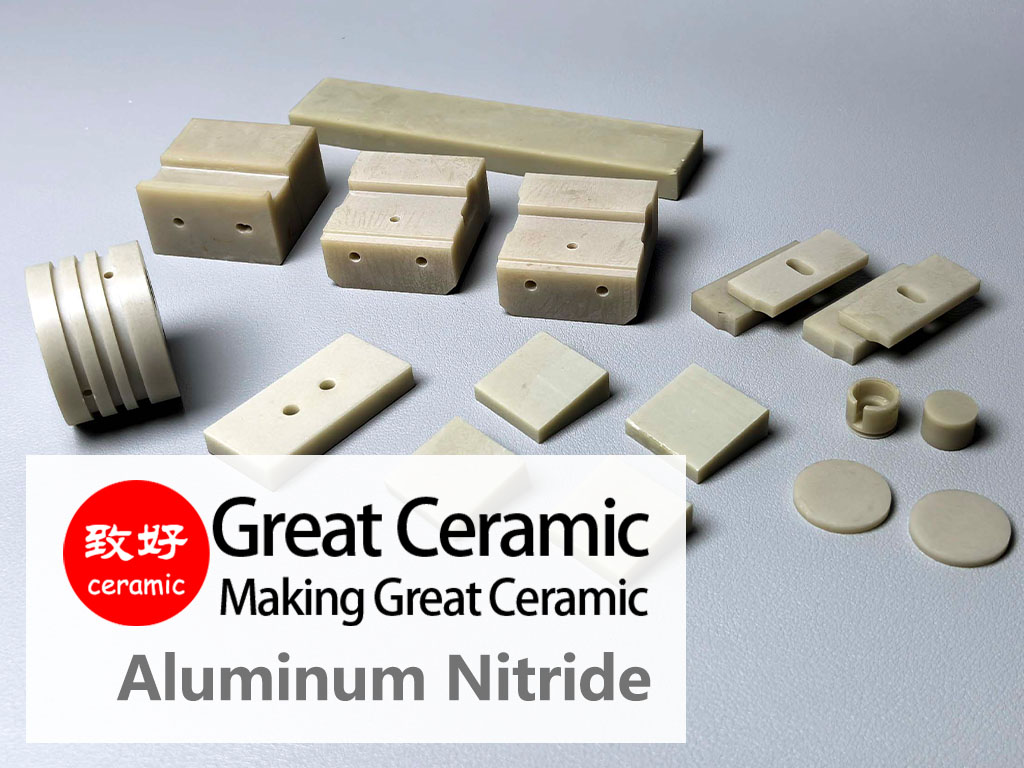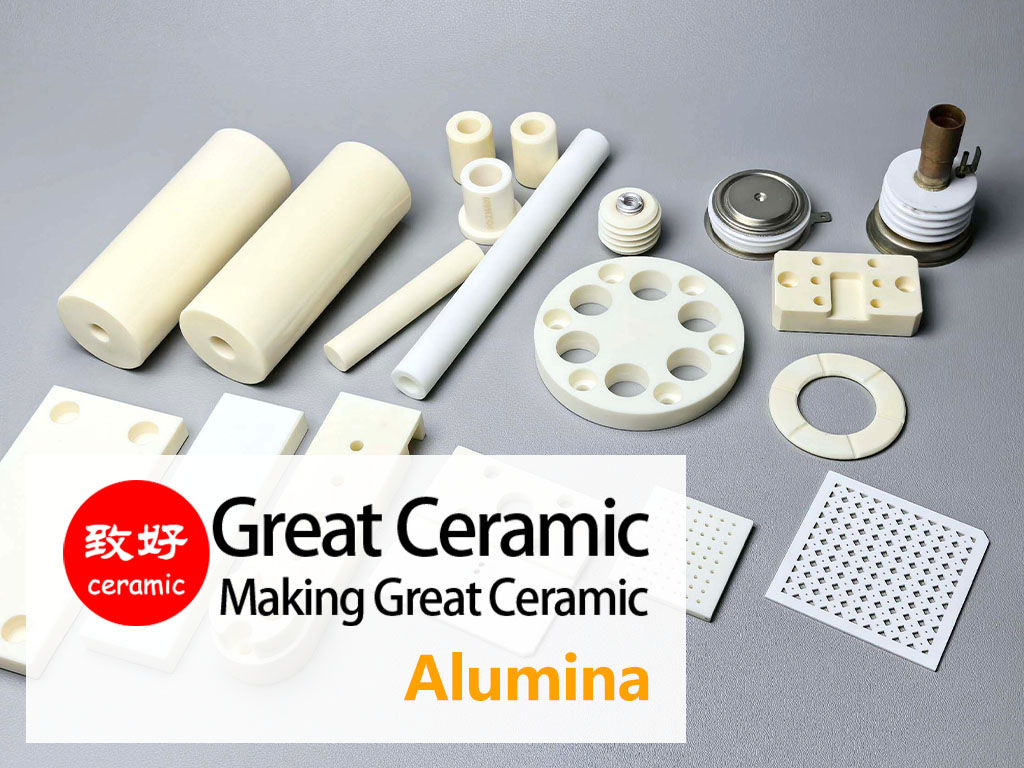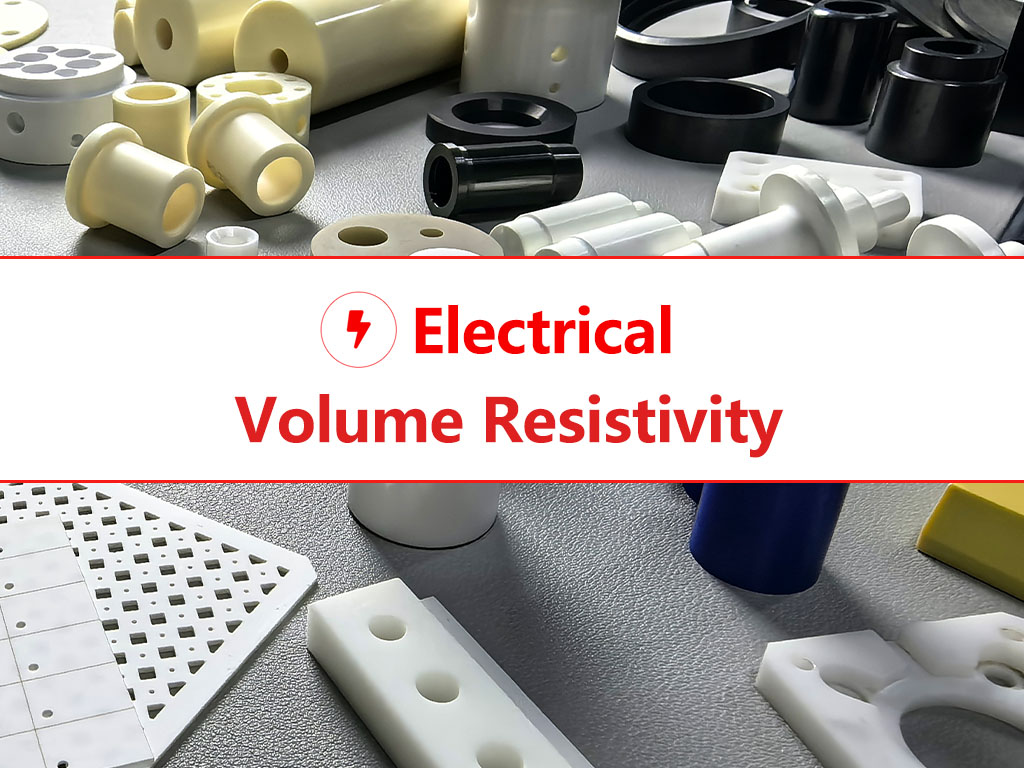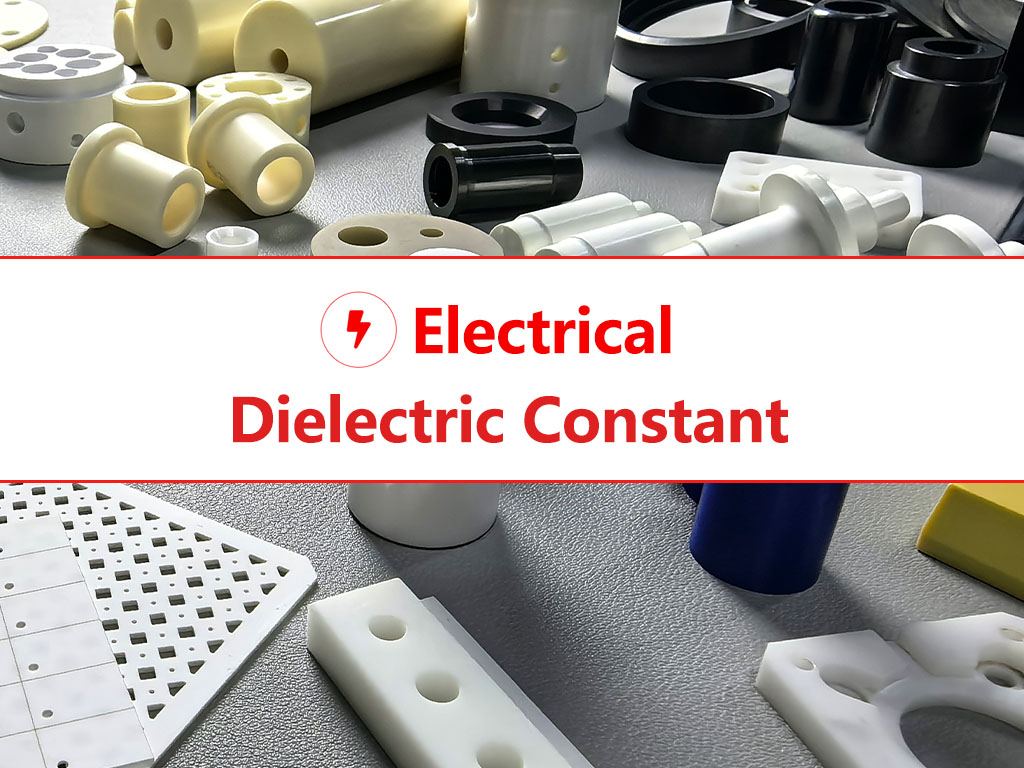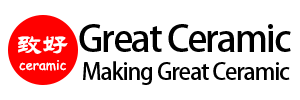Диэлектрическая прочность усовершенствованной керамики
Диэлектрическая прочность, также известная как напряжение пробоя, - это максимальное электрическое поле, которое может выдержать материал, прежде чем он станет проводящим. Измеряемая в кВ/мм (или МВ/м), она имеет решающее значение для обеспечения надежности изоляторов в электронных, высоковольтных и тепловых приложениях. В этой статье рассматриваются диэлектрические характеристики основных керамических материалов наряду с пластмассами и изоляционными материалами, приводится визуальное сравнение, а также объясняется, почему это важно.
Перейти к
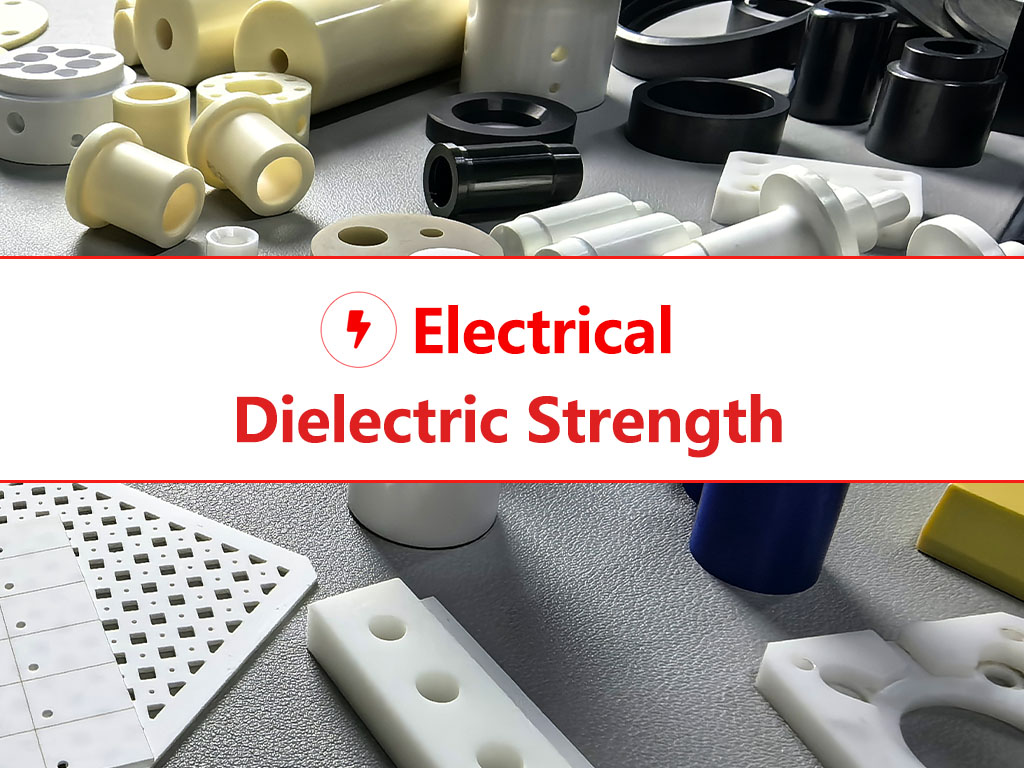
Что такое диэлектрическая прочность?
Диэлектрическая прочность представляет собой максимальное электрическое поле, которое материал выдерживает без электрического пробоя. В твердых телах пробой происходит, когда достаточная энергия ионизирует структуру, позволяя протекать току. Высокая диэлектрическая прочность жизненно важна для предотвращения электрической дуги, обеспечения безопасности и долговечности устройств.
Керамика часто превосходит пластик и стекло, обеспечивая диэлектрическую прочность в диапазоне 10-40 кВ/мм по сравнению с пластиком (1-3 кВ/мм).
Указание по технике безопасности: Керамика лучше справляется с электрическими полями, но должна быть подобрана с учетом термической и механической совместимости.
Почему он является основным показателем?
Основные сведения
Диэлектрическая прочность керамических материалов
| Керамический материал | Диэлектрическая прочность (кВ/мм) | Характеристики |
|---|---|---|
| Оксид бериллия (BeO) | ~27 кВ/мм | Исключительная теплопроводность и высокая диэлектрическая прочность; используется в мощной электронике. |
| Нитрид алюминия (AlN) | ~20 кВ/мм | Высокая теплопроводность и отличная электроизоляция; идеально подходит для микроэлектроники. |
| ZTA 20% | 80 – 120 | Циркониевый упрочненный глинозем с повышенной вязкостью разрушения и умеренными диэлектрическими свойствами. |
| Нитрид кремния (Si3N4) | ~15 кВ/мм | Высокая механическая прочность и устойчивость к тепловым ударам; используется в сложных условиях. |
| Нитрид бора (BN) | 40 кВ/мм | Отличная термостабильность и электроизоляция; часто используется в радиочастотных и вакуумных приложениях. |
| Обрабатываемая стеклокерамика (MGC) | ~15 кВ/мм | Легко поддается механической обработке с сохранением электрической изоляции; подходит для изготовления прототипов и нестандартных форм. |
| Карбид кремния (SiC) | 2-10 кВ/мм | Высокая твердость и теплопроводность, но ограниченная диэлектрическая прочность; используется в высокотемпературных приложениях. |
| Глинозем (Al2O3, 96-99,7%) | 17 кВ/мм | Широко используемая техническая керамика со сбалансированными механическими, термическими и электрическими свойствами. |
| Цирконий (ZrO2) | ~9 кВ/мм | Высокая прочность и вязкость разрушения; более низкая диэлектрическая прочность, но используется там, где вязкость играет ключевую роль. |
*Данные приведены только для справки.
*Обычно диэлектрические свойства значительно ухудшаются при повышении температуры.
Нужна помощь в выборе подходящей керамики?
Выбор правильного керамического материала с высокой диэлектрической проницаемостью имеет решающее значение для достижения долгосрочной надежности и оптимальных электрических характеристик. Независимо от того, требуется ли для вашей задачи оксид бериллия, нитрид алюминия или алюмооксидная керамика, наша передовая керамика обеспечивает лучшие в отрасли характеристики и долговечность.
Наша опытная техническая команда готова предоставить экспертное, индивидуальное руководство, основанное на ваших уникальных требованиях к конструкции и производительности - свяжитесь с нами прямо сейчас.
Сравнение диэлектрической проницаемости
Ниже приведена гистограмма, сравнивающая диэлектрическую прочность передовой керамики с пластиками и обычными изоляторами.
*Данные приведены только для справки.
